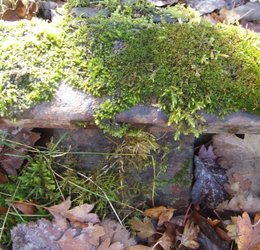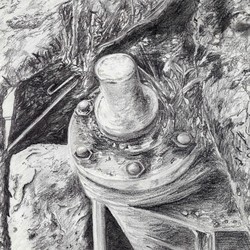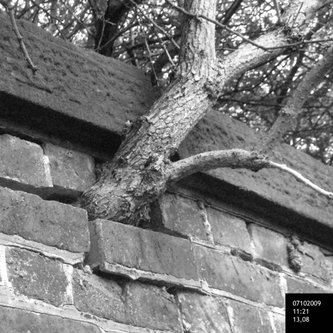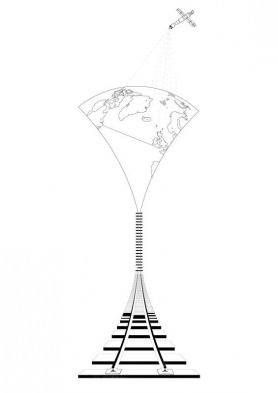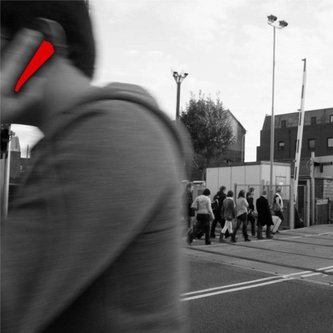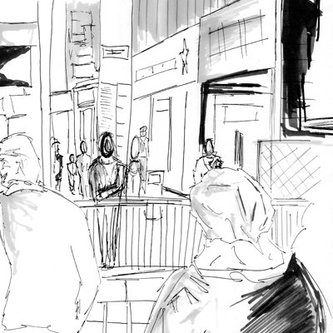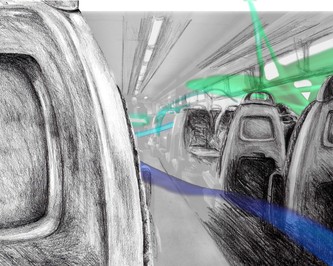Conclusions
The railway gave us a route into the past with the use of historical maps and artefacts left in reality to show how it has and is interacting with the city. The change through time was a key theme within the study allowing us to mark the semantic changes. Below are a series of statements that frame our conclusion. These can be taken forward and interpreted through individual research.
Tension between artificial and nature
- The redundant part of the rail track is still an important part of the landscape.
- This artifical track has equal importance as natural features.
- Decay leaves new spaces for colonisation and activites of a different kind.
- This artifical track has equal importance as natural features.
- Decay leaves new spaces for colonisation and activites of a different kind.
Semantic shift of the network
- The connections of the system hold the power, these are the stations, where lines meet or hit a road. This is where there is a concentration of power.
- The rail is a rigid network, with no flexibility to a person that undertakes a journey, which contrasts heavily with the virtual, more fluid networks we have today.
- The rail is a rigid network, with no flexibility to a person that undertakes a journey, which contrasts heavily with the virtual, more fluid networks we have today.
"It's when two systems meet that difficulty occurs. The exchange involves humans - sometimes with tragic results. Thankfully, more often with mere staggering inefficiency."
Cedric Price
Cedric Price
Opportunities arising from the rail system
- We can overcome the barrier of the rail.
- We can use the barrier as an opportunity using that time people have to get them to do a certain activity. (ie. buy a coffee at the level crossing.)
- The clumsiness of this network allows other networks to be used most importantly virtual communication networks.
- We can use the barrier as an opportunity using that time people have to get them to do a certain activity. (ie. buy a coffee at the level crossing.)
- The clumsiness of this network allows other networks to be used most importantly virtual communication networks.
